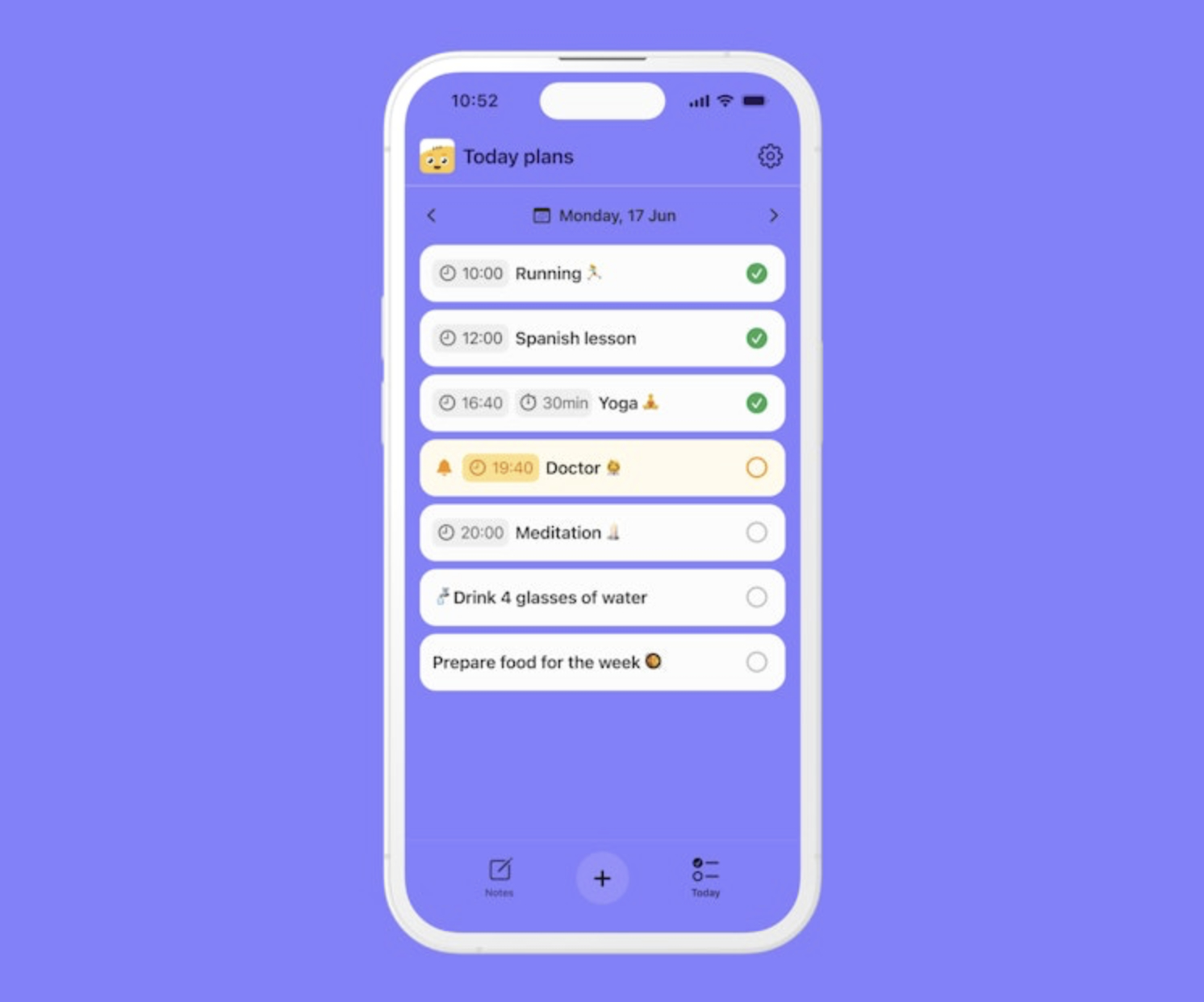Opinions expressed by Entrepreneur contributors are their own.
In retail, the concept of customer experience (CX) is typically framed through a consumer-facing lens — think loyalty apps, curbside pickup or influencer-driven TikTok campaigns. But the real transformation of CX in the post-pandemic era isn’t happening in apps or ads. It’s happening in the unglamorous trenches of store operations — through workforce tools, communications systems and intelligent infrastructure that the average customer may never even notice.
What’s emerging is a new truth: The future of CX is operational. And the companies quietly reshaping it aren’t your usual suspects.
Related: The 6 Essential In-Store Experiences That Your Customers Want to See
From flashy to functional
In the early 2010s, retail tech was dominated by bold digital concepts designed to “surprise and delight” the shopper. Magic mirrors. Augmented reality. Endless aisle touchscreens. Most of these either flopped or became museum pieces in a few flagship stores. They failed not because they were uncreative, but because they were disconnected — from operations, from employees and from the shopper’s actual intent.
What today’s most innovative retail technologies have in common is subtlety. They don’t shout for attention; they support it. They equip frontline teams with faster information, they adapt to real-world constraints like store layouts and staffing realities, and they improve performance metrics that most shoppers will never ask about but always feel.
Let’s take a closer look at how this shift is playing out.
1. The rise of retail communications infrastructure
A shopper enters a store with a question — say, whether a jacket is available in another size. A decade ago, the employee might leave the customer waiting while they “go check in the back,” perhaps never to return. Today, with voice-controlled mobile communication tools, that same employee can instantly ping the stockroom team without taking a single step away. Within seconds, the customer has their answer.
What this technology enables is more than a productivity boost. It’s a moment of trust. A micro-interaction where a shopper feels heard, respected and helped — without the friction that defines so many in-store experiences. It’s frontline enablement as CX, and it’s catching on fast.
And while tools like these improve person-to-person communication on the floor, other solutions focus on the digital touchpoints customers encounter throughout the store — promotional screens, endcap displays and in-aisle messaging. These systems help major retailers manage these assets across thousands of locations, keeping content synchronized, compliant and up to date as campaigns change.
When the system is working, the store feels intuitive: Offers make sense, signage matches what’s on the shelf, and the experience runs smoothly. When it’s not, shoppers may not pinpoint the problem, but they notice the friction — and it quietly erodes confidence in the brand.
Related: How Technology is Improving Retail Business
2. The shopper sees the surface. Operations define the substance.
There’s a certain irony in modern retail: The more seamless an experience feels, the more operational complexity is likely happening behind the scenes. You can’t staff a store like it’s 2015 and expect to win on experience in 2025. Yet, that’s still the reality for many brands struggling with turnover, outdated scheduling systems and lack of execution.
This is where workforce optimization solutions play a crucial role — providing the workforce intelligence and operational backbone that modern retailers need to keep stores running efficiently. By forecasting demand more accurately, aligning staffing to actual foot traffic and helping managers execute daily tasks without the usual chaos, they’re helping retailers deliver on the promises their ads make. And perhaps more importantly, they’re restoring sanity to the employee experience — a deeply overlooked component of CX.
After all, burned-out workers don’t deliver exceptional service. They follow the script, if you’re lucky. But a team that’s well-staffed, well-informed and empowered? That’s the secret sauce behind any successful in-store experience.
3. Infrastructure that moves with the customer
Retail environments have always been built for stability — fixed shelves, anchored signage, permanent displays. But shoppers are increasingly fluid. Planograms shift monthly. Promotions change weekly. And in pop-up or seasonal formats, store layouts are reinvented overnight.
Traditional digital signage — especially fixed, hardwired displays — can be limiting in dynamic environments. As store layouts shift or temporary formats emerge, retailers increasingly need solutions that can move and adapt just as quickly. That’s where innovative portable display technologies are shifting the paradigm. These battery-powered, cordless solutions are purpose-built for agility. No cords. No construction. No waiting weeks for installation.
What this enables isn’t just convenience — it’s responsiveness. A retailer can reposition signage based on observed foot traffic patterns, launch a flash sale at a specific display or bring product education directly to the point of decision — all without waiting for IT tickets to clear or maintenance crews to arrive.
It’s a subtle but powerful idea: making digital signage behave more like merchandise. It moves. It adapts. It responds.
Related: How to Write an Operations Plan for Retail and Sales Businesses
4. Why this shift matters now
We’re entering an era where the margin between customer loyalty and abandonment is razor-thin. Shoppers don’t give second chances the way they used to. If an in-store experience feels disjointed, slow or inattentive, they go elsewhere — or back online.
At the same time, retail teams are being asked to do more with less. Labor shortages. Shrinking budgets. Rising expectations. There’s no room for bloated tech that dazzles but doesn’t deliver.
That’s why the “silent revolution” matters.
These operational technologies aren’t designed just to dazzle; they’re built to remove friction. Some may look impressive, even attention-grabbing, but their real value is in how seamlessly they empower employees, streamline execution and support smarter customer interactions.
In the end, the best customer experience isn’t one shoppers post about; it’s one they don’t have to think about. The store just works. And more and more, it’s the technology behind the scenes — well-placed screens, real-time communication, smarter staffing — that makes that kind of experience possible.




 A Gulfstream G550 from a private company (not Starbucks) lands at Barcelona airport in Barcelona, Spain, on August 30, 2024. Smith Collection/Gado/Getty Images
A Gulfstream G550 from a private company (not Starbucks) lands at Barcelona airport in Barcelona, Spain, on August 30, 2024. Smith Collection/Gado/Getty Images




